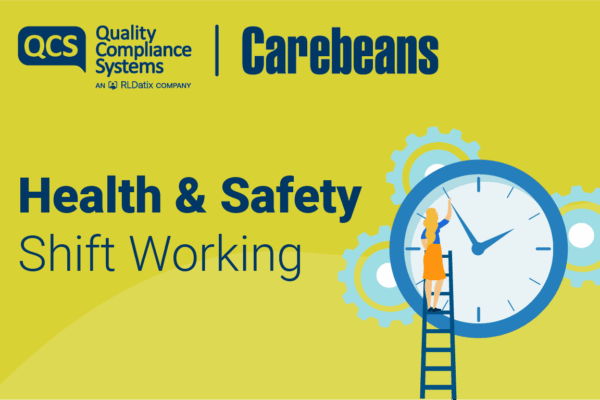Michelle Corrigan, Programme Director of Better Security, Better Care, advises care providers on how to check and improve information storage and sharing.
The issue
Care providers are increasingly storing and sharing information with their health and social care partners. Of course, the COVID pandemic has driven a rapid rise in the use of technology – from remote monitoring and increased use of smart phones, to ordering prescriptions and sharing hospital discharge information.
Having access to this kind of accurate, up-to-date information is essential to making good decisions about people’s care, and it can reduce the time staff spend chasing information – leaving them free to deliver direct care.
With this increase in data sharing comes the need to ensure information is stored and shared safely. But how do you know if you are following good practice and legal requirements?
About the Data Security and Protection Toolkit (DSPT)
The Data Security and Protection Toolkit (DSPT) is a really helpful, online, annual self-assessment for health and care organisations.
It shows you what you need to do to keep people’s information safe, and to protect your business from the risk of a data breach or a cyber-attack. It covers both paper and digital records – so it is not just about tech. It reassures everyone you work with that you are taking data security seriously as you can publish the standard that you meet on the Toolkit.
Care providers are incredibly busy, and are not data and cyber security experts, that’s why there is free support on the use of the DSPT available from the Better Security, Better Care programme. This official programme is overseen by the NHS, Local Government Association, ADASS and Digital Social Care. It includes detailed guidance, template policies, and access to 28 local support teams across England.
Why you should complete the DSPT
The Adult Social Care White Paper makes it clear that sharing information and using technology will play an ever-increasing role. So, the need to manage data and cyber security is here to stay.
The DSPT is official and well-recognised. Central and local government bodies, local authority and CCG commissioners, the Care Quality Commission and the National Data Guardian see it as the official tool to evaluate your compliance with legal requirements, Data Security Standards and good practice.
All care providers who provide services under an NHS contract have to complete the DSPT. It is part of their contract – and local authorities are also starting to add it to their contracts. CQC inspectors also want evidence that you manage information securely. If you want to have access to NHSmail – a secure email system for communicating with NHS, local authority and other colleagues – you must complete the DSPT first.
One of the greatest benefits of the Toolkit is that care providers who reach Standards Met can potentially take part in NHS information sharing projects such as shared records projects and proxy access to medication ordering.
Tips to complete the DSPT
- Register ASAP: Check if you are already registered with the DSPT. If you’re not, register online.
- Check if your DSPT is up to date: You need to complete the DSPT every year.
- Decide if you’re completing at head office or single site(s): A care group’s head office may be able to complete one DSPT for all services.
- Identify your lead: Confirm who will be completing your DSPT and who needs to contribute information.
- Attend or watch a webinar: Better Security, Better Care runs a series of webinars – including local sessions.
- Read the DSPT guidance: Access guidance and tools to take you through each DSPT question.
- Get support: Contact your Better Security, Better Care local support organisation – they can help you complete your DSPT, or call the Digital Social Care helpline on 0208 133 3430
- Collect your evidence: You may need to create new policies or procedures. Access editable templates on Digital Social Care.
- Add content to your DSPT: Start this as soon as possible – you can save and return to it later.
- Aim for Standards Met: You should be able to get to Standards Met on the toolkit. But if you can’t, you can get to Approaching Standards if you also complete an Action Plan to show how you will get to Standards Met.
Find out more
Visit www.digitalsocialcare.co.uk/bettersecuritybettercare to access all support and advice on the DSPT, including how to contact your local support organisation. You can also follow their Twitter @DigiSocialCare
You can also download the factsheet version for free below and share it with your team the top tips to complete the DSPT.
Download Now






